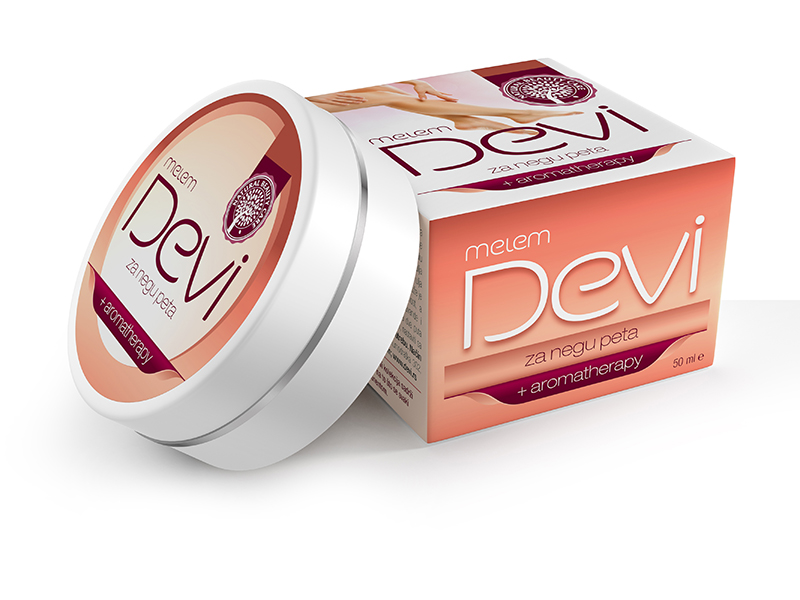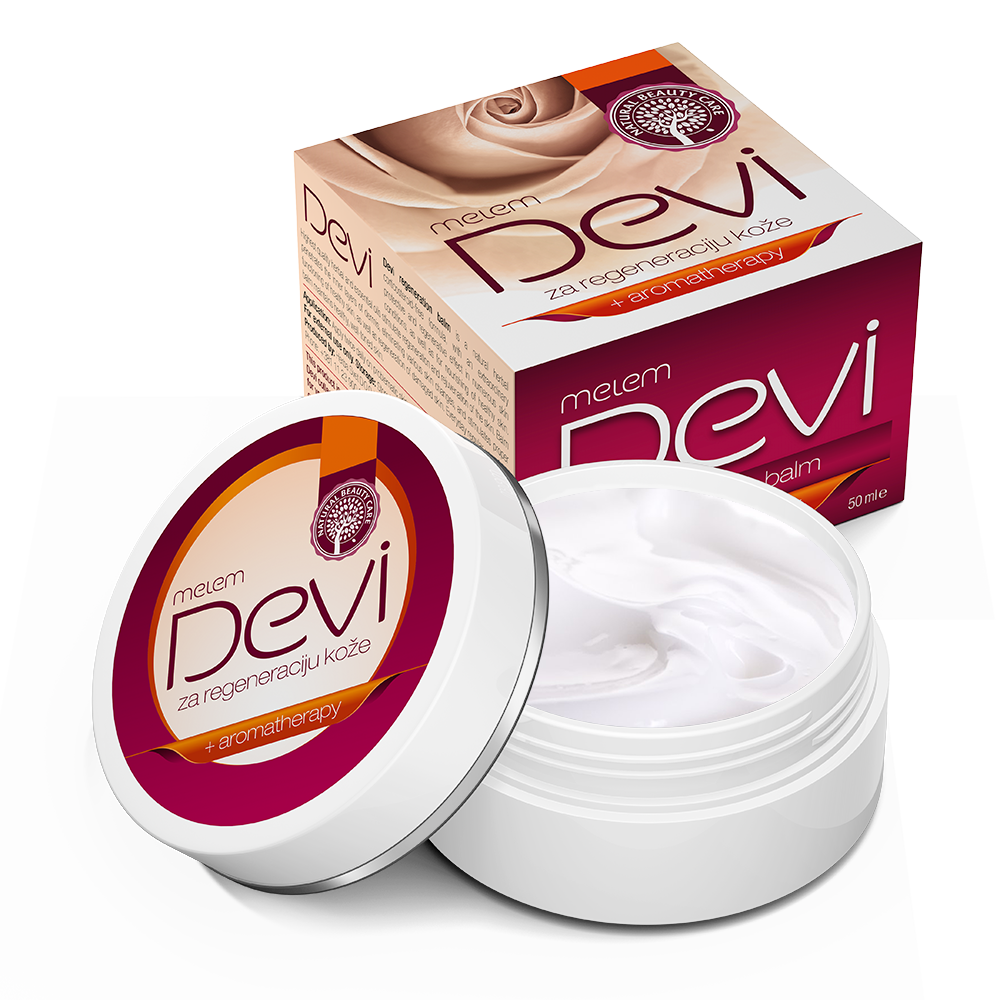(Theobroma cacao)
When we think of the cocoa tree, the first idea that comes to mind is chocolate, and then ancient Maya and Aztecs, who were the first to prepare a drink from its fruit. Cocoa originates from the border area between Brazil, Colombia and Peru, where it managed to survive during the last Ice Age 21,000 years ago and then spread across the South American continent. Archaeological finds and ancient texts are proof that ancient peoples used cocoa beans in their diet and combined them with corn, paprika, vanilla and honey, made fermented drinks from them, and used it in rituals and traditional medicine. Cocoa was held in high regard – this is also evidenced in the fact that it was used as a means of payment by Aztecs.
The Maya and Aztecs weaved cocoa into their mythology: this plant was created by the feathered serpent Quetzalcoatl, which would descend from the great step-pyramid of Kukulkan in Chichen Itza during the spring and autumn equinoxes. The pyramid was so expertly built that on those two dates of the year, a shadow was created that really looked like a snake winding through it. When Columbus’ fourth expedition landed on the coast of Honduras in the early 16th century, he and his crew were served an unusual potion prepared with great attention. Cocoa had its European premiere in 1544 when it was presented at the Spanish court, after which it quickly spread across the Old Continent.
Unfortunately, the warm welcome given by Montezuma II, the ninth and at the same time the last Aztec ruler, to Fernando Cortes and his conquistadors, was not reciprocated: during their campaign, about 240,000 Aztecs were killed and an entire civilisation wiped out. Cocoa plantations began to spring on the newly conquered continent – that brought to Europeans what they coveted more than their honour: it brought them money.
FOOD FOR THE GODS, BUT NOT FOR DOGS
At least when it comes to cocoa, the Aztec tradition still lives on in the name “chocolate” (from the Aztec xocoatl) and in the name of the species Theobroma cocoa (from the Aztec cacahuatl), given by Carl Linnaeus, as well as the genus of the plant – Theobroma, meaning “food of the gods” in ancient Greek. And just as the ancient South American peoples used to do in the past, we use cocoa today not only for food and enjoyment. When cocoa beans are dried, it is not only powder that is obtained from them, but also cocoa butter, Theobroma oil.
Theobromine, the bitter alkaloid obtained from cocoa, has a number of beneficial effects, just as caffeine does. As it is rich in antioxidants, theobromine has anti-tumour, anti-inflammatory and cardioprotective effects. Another ingredient in cocoa that is very healthy is nitric oxide. In addition to speeding up circulation, balancing blood pressure and thus protecting the heart and blood vessels, it also improves the functioning of brain neurones. That is why a cube of dark chocolate a day has healing properties and helps us think better.
While theobromine is good for us, it is harmful for dogs: people can easily digest it, but the situation with dogs is completely different. Theobromine stays in their body for a very long time and negatively affects their central nervous, cardiovascular and respiratory systems, causing serious poisoning that can end in death. Therefore, although dogs show a great desire to join us when we enjoy eating chocolate, it must not be given to them. We should not overeat it either. In addition to having the intoxicating smell of chocolate, 100 grams of cocoa butter contain almost 900 calories thanks to saturated fats, whose percentage is as much as 60 per cent.
COCOA IS IDEAL FOR THE SKIN
Thanks to saturated fats, cocoa butter has found wide application in dermatology and the cosmetics industry. Due to its high content of fatty acids such as lauric, palmitic, linoleic, oleic, stearic, as well as vitamins E, A, B and C in which it abounds, it is a great source of minerals – zinc, magnesium, iron, chromium and manganese; it also has an impact on the level of happiness hormones, dopamine and tryptophan, while cocoa butter is veritably a divine nourishment for the skin. Its action is anti-inflammatory, anti-allergic, regenerative and antioxidant. Cocoa butter soothes skin inflammation – it is curative for dermatitis, rashes, eczema and psoriasis, it alleviates allergic reactions, including those caused by sunshine, it regenerates the skin by giving it the necessary moisture and elasticity, prevents drying and dandruff. As it is full of antioxidants against which free radicals stand no chance, it additionally slows down skin ageing, it eliminates blemishes from burns and heals scars from acne and stretch marks.
It is especially useful in the summer when we are exposed to the strong and harmful effects of UVA and UVB rays and can be applied before and after sunbathing; it does not only soothe the skin and improve its elasticity, but it also helps us gain and maintain a beautiful suntan. In addition to the skin, it will also protect the hair from drying out, splitting and dandruff in the summer, and as it strengthens follicles, it also prevents hair loss. This butter is also valuable in winter when it protects our face and lips when we do winter sports.
A medical study has proven that our skin benefits from cocoa even when we drink it. Flavanols improve circulation and contribute to skin hydration, eliminate flaking and rough skin, and strengthen the skin’s defence mechanism against harmful UV radiation. Scientists have found that women who consume a cocoa drink for 12 weeks have a visible improvement in the quality of their skin, as well as a reduction in redness after sun exposure.
IT EASILY GETS UNDER OUR SKIN
Unlike other fats, cocoa butter is very stable thanks to antioxidants and has a shelf life of between two and five years; when other fats and oils become rancid, cocoa butter still retains its chocolate scent. Of course, cocoa butter can be eaten and that is what we do when we enjoy eating chocolate: when processed, cocoa powder is first separated from the butter and then combined with other ingredients. Chocolate is made of these two ingredients, plus sugar and milk; cocoa butter is responsible for the fact that chocolate melts so wonderfully in our mouth. This food with high nutritional properties is also the culprit for creating “spare tyres” on our waist-line if we eat too much chocolate, because it is very high in calories and literally gets under our skin. That is why it is better to eat less chocolate, or if we consume it, to choose dark chocolate with the highest percentage of cocoa powder and as little sugar as possible, and not to exceed the recommended dose. But fortunately, that restriction does not exist when we apply cocoa butter topically: we are free to enjoy its scent while reaping the benefits that it brings to our skin.
Cocoa butter shares its riches with everyone in two Devi balms: Devi balm for heel care – in combination with other nourishing butters and oils it keeps our feet soft and gentle; Devi skin regeneration balm which does not only nourish the skin, but also regenerates it even when it comes to more complex skin disorders, such as eczema or psoriasis. So, next time when you reach for chocolate, remember your skin. In return, it will give you beauty and a youthful appearance.


